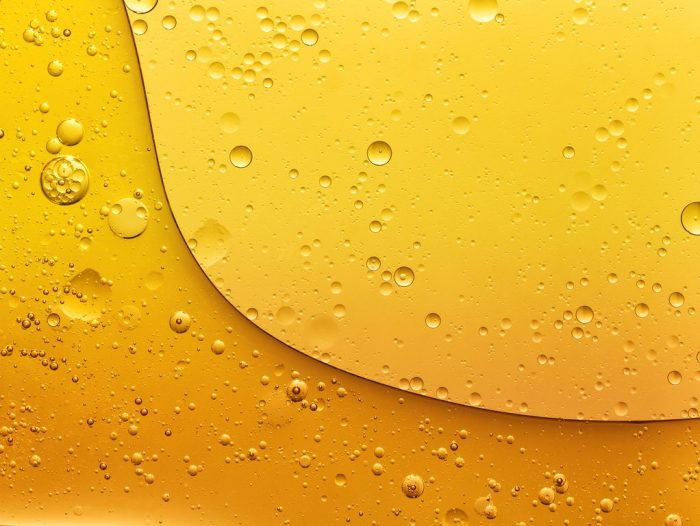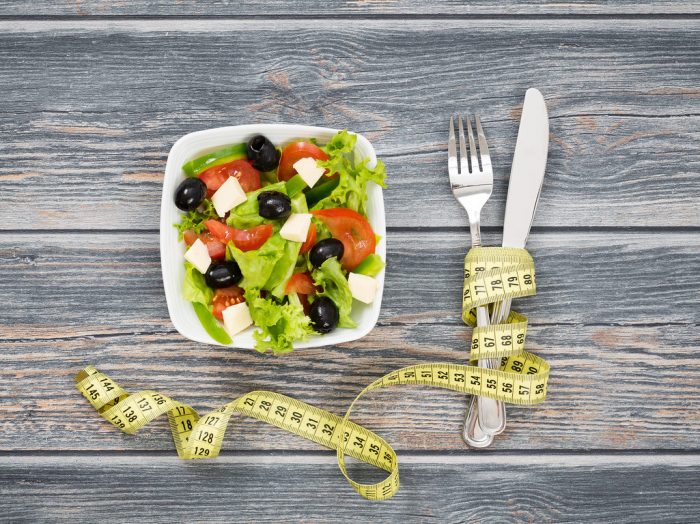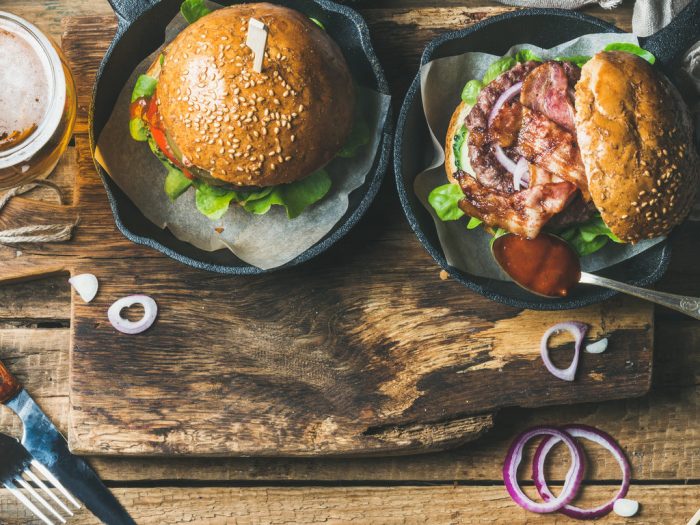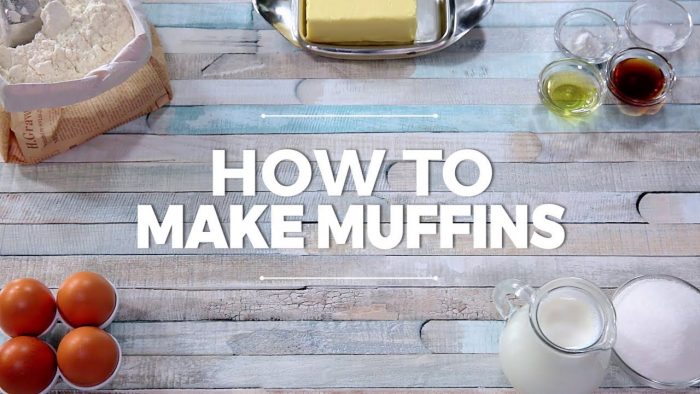Adding ingredients when the oil is hot seems like a simple enough task until experience shows you that it’s not always easy to tell. How do you find the right timing, though? There are some signs, read them below.
I’m sure you’ve been through this too: finding recipes where you’re instructed to start adding ingredients when “the oil is hot”, but that particular cooking turning point isn’t always very clear to the eye. And I think I’ve made plenty of mistakes when it comes to cooking with hot oil, from overheating it (in the beginning) to not heating it enough.
As a rookie chef, I discovered with dismay that French fries dropped in less than hot oil tend to not turn out too tasty. And of course, when cooking meat, if your oil isn’t hot enough you risk getting something burnt, black, and hostile on the outside, but pink and raw on the inside. I shudder at the thought.
Why does that happen, though? Why does poorly heated oil mess with your ingredients so much? Well, when the oil is not hot enough, the ingredients tend to absorb the oil instead of cooking. That leaves you with a sloppy, greasy and inedible mess. But overheating oil is not cool either because it leads to what I’ve already mentioned: uneven cooking from outside to inside. Sounds like a Goldilocks problem, right? “This porridge is too hot; this porridge is too cold…” But with oil.
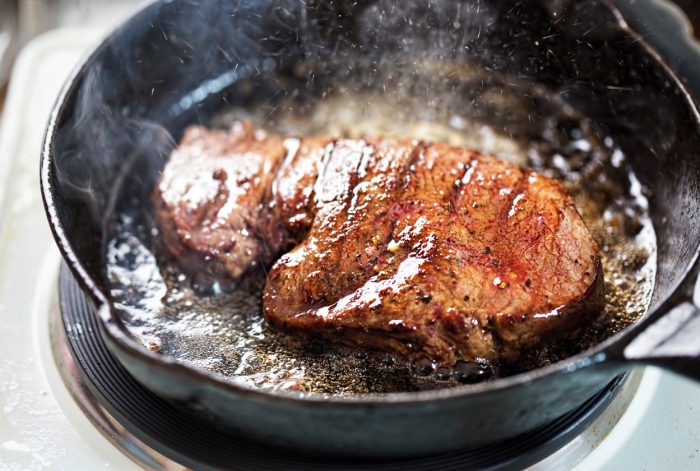
Tips to make sure your cooking oil is hot enough
1. Add oil when the pan is hot
Now, I know that there are people out there who prefer to reuse the oil in the pan sometimes. But if you’re not doing that, consider heating your pan before adding the oil. Then you can drizzle it and swirl the pan so that the bottom is evenly coated. The oil will heat up in no time.
Test when the pan is hot enough with some drops of water thrown in the pan. If they sizzle and evaporate immediately, your pan is ready. Now don’t try the same trick when there’s oil in the pan. Remember that oil and water aren’t the best of friends.
But when it comes to non-stick coating pans, don’t heat them without oil or fat or another type of cooking medium, because it will be ruined and it will emanate toxic fumes.
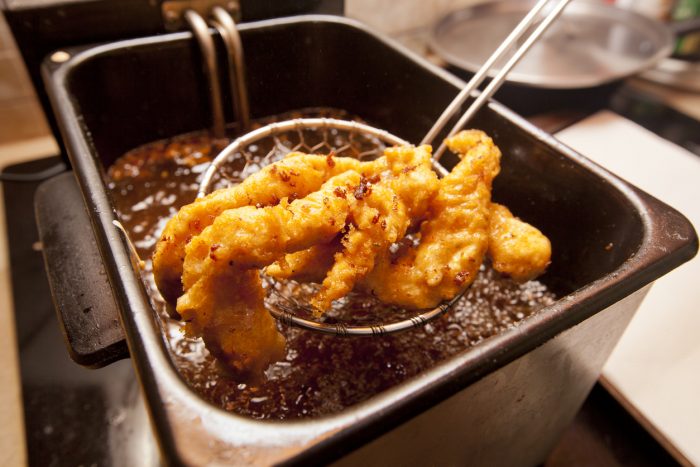
2. Add oil from the beginning
If you want to add oil from the beginning, you can do that, too. And there are some tricks so you can tell when the oil is hot enough for whatever you need to use it for. The surface of the oil should be glistening and have a nice shimmer. The liquid should have more fluidity, or flow like water and coat the bottom of the pan quickly.
You can also do a test by using a small piece of food. Like a French fry. Or a small piece of garlic. If you add one of these to the pan and the oil sizzles instantaneously, then your oil is ready to cook. Or if you don’t want to sacrifice a fry or a piece of garlic, place the tip of your wooden spoon on the surface of the oil. If it bubbles, you’re good to go.
3. Caution with the smoke point
Make sure that the heat of the oil doesn’t pass its smoke point, or it will get burned. So if it starts to smoke near the edges of the pan, you should remove it from heat. You can check out here a guide with types of oil and what type of cooking oil you can use with them when it comes to their smoke points.

